SpringCloud微服务笔记-Nginx实现网关反向代理
背景
当前在SpringCloud微服务架构下,网关作为服务的入口尤为重要,一旦网关发生单点故障会导致整个服务集群瘫痪,为了保证网关的高可用可以通过Nginx的反向代理功能实现网关的高可用。
项目源码: https://github.com/taoweidong/Micro-service-learning/tree/SpringCloud-branch
项目架构图
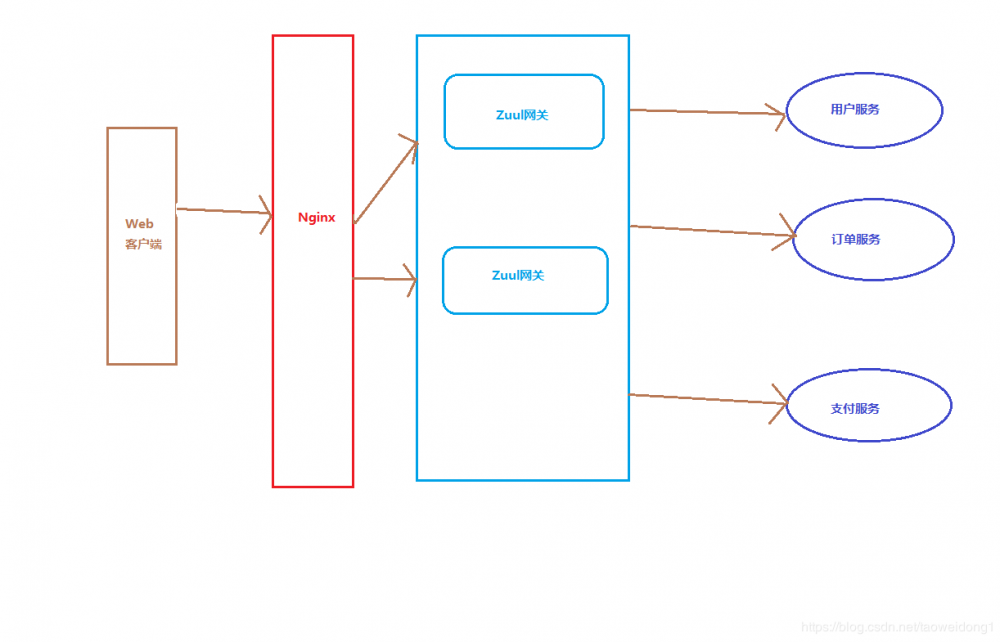
- Nginx作为反向代理服务器,代理后端网关服务,通过Nginx自带的负载均衡算法进行转发
- Zull网关部署集群时,如果一台服务器发生故障,就会转发到另外一台机器上,服务正常访问,保证网关的高可用
具体部署
修改本地Host文件
(C:/Windows/System32/drivers/etc)编辑下面这个文件,修改里面ip对应的地址,因为要使用域名的不同来实现反向代理.
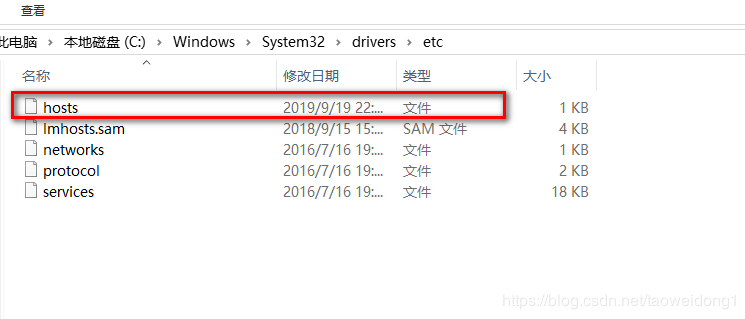
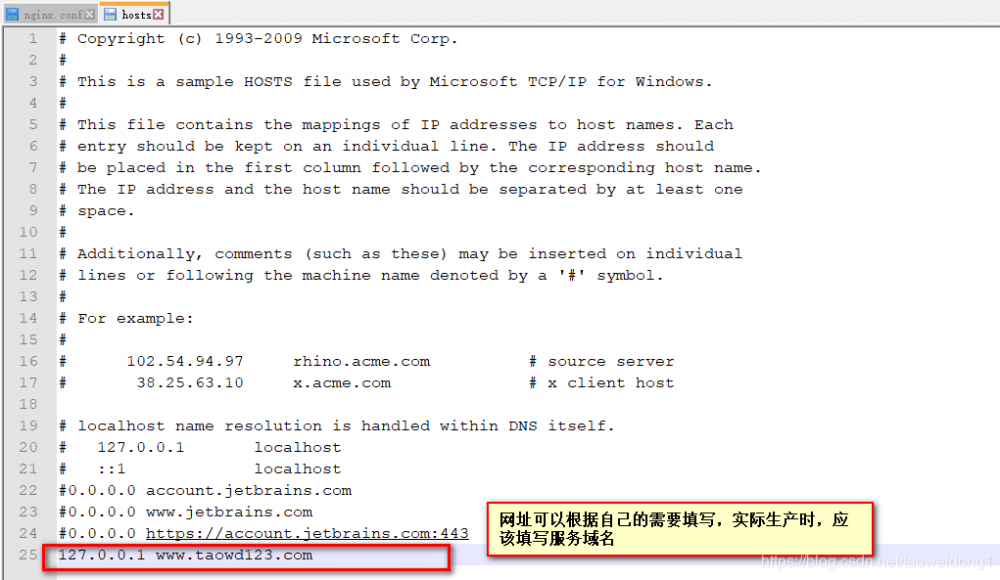
Nginx配置
下载
Nginx下载地址(Windows和Linux的配置一样): http://nginx.org/en/download.html
配置
解压后,找到配置文件/nginx-1.12.2/conf/nginx.conf
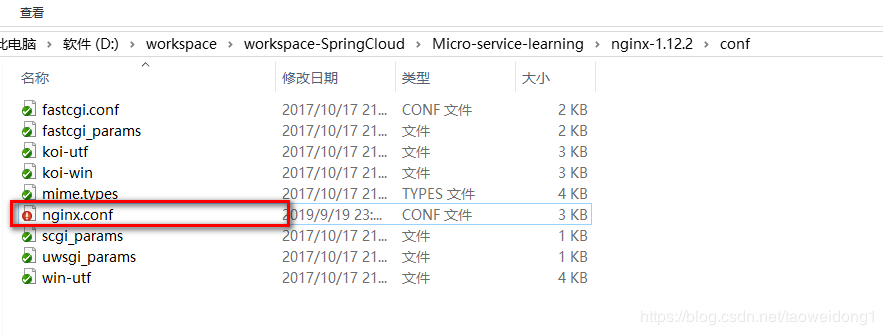
详细配置
#user nobody;
worker_processes 1;
#error_log logs/error.log;
#error_log logs/error.log notice;
#error_log logs/error.log info;
#pid logs/nginx.pid;
events {
worker_connections 1024;
}
http {
include mime.types;
default_type application/octet-stream;
#log_format main '$remote_addr - $remote_user [$time_local] "$request" '
# '$status $body_bytes_sent "$http_referer" '
# '"$http_user_agent" "$http_x_forwarded_for"';
#access_log logs/access.log main;
sendfile on;
#tcp_nopush on;
#keepalive_timeout 0;
keepalive_timeout 65;
#gzip on;
#配置上游服务器网关端口集群
upstream backServer{
# weight 权重:谁的的权重多,访问到哪个服务的几率就大
server 127.0.0.1:8040 weight=1;
server 127.0.0.1:8041 weight=1;
}
server {
# 注意:如果使用域名进行反向代理的话,Nginx的端口必须是80
listen 80;
# 入口地址-对应域名地址
server_name www.taowd123.com;
location /ms {
### 指定上游服务器负载均衡服务器
proxy_pass http://backServer/;
index index.html index.htm;
}
#error_page 404 /404.html;
# redirect server error pages to the static page /50x.html
# 错误页面
error_page 500 502 503 504 /50x.html;
location = /50x.html {
root html;
}
}
# another virtual host using mix of IP-, name-, and port-based configuration
#
#server {
# listen 8000;
# listen somename:8080;
# server_name somename alias another.alias;
# location / {
# root html;
# index index.html index.htm;
# }
#}
# HTTPS server
#
#server {
# listen 443 ssl;
# server_name localhost;
# ssl_certificate cert.pem;
# ssl_certificate_key cert.key;
# ssl_session_cache shared:SSL:1m;
# ssl_session_timeout 5m;
# ssl_ciphers HIGH:!aNULL:!MD5;
# ssl_prefer_server_ciphers on;
# location / {
# root html;
# index index.html index.htm;
# }
#}
}
测试
- 启动注册中心服务: http://127.0.0.1:8761/
- 启动两个网关,端口分别为:8041,8040
- 启动服务提供者,端口为:9000 已经在Zuul中配置
- 启动Nginx服务
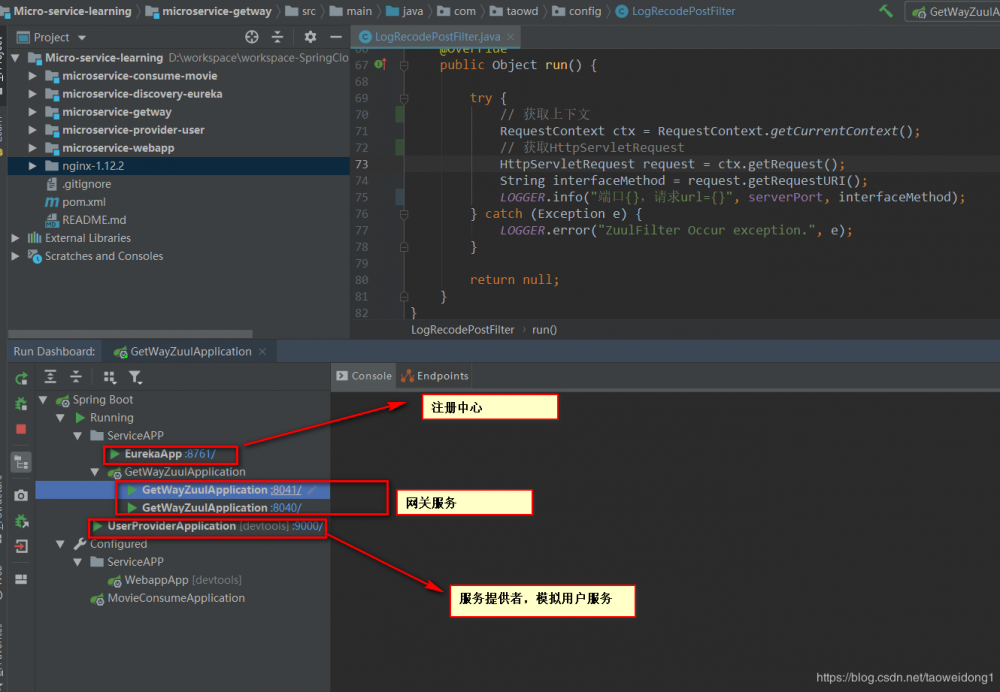
- 访问注册中心检查服务
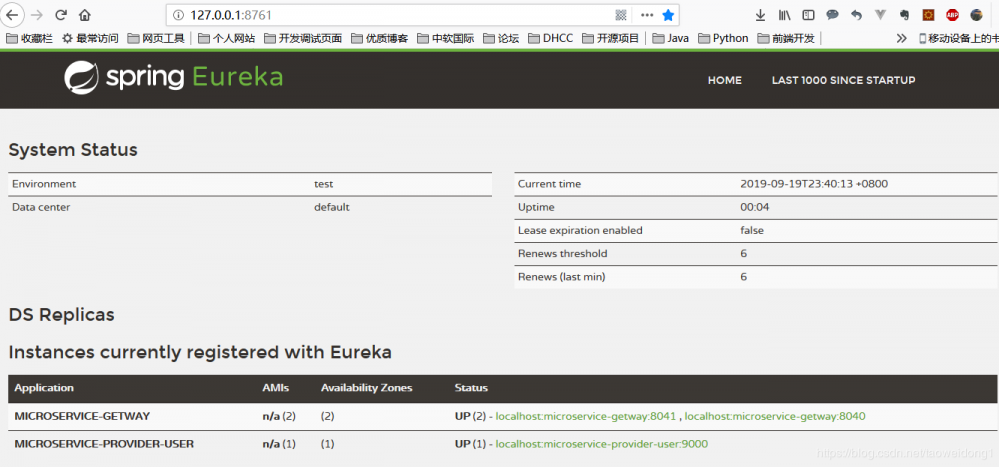
- 使用网关端口直接访问正常

- 使用host中配置的域名直接访问,测试反向代理功能
 访问多次,检查网关后台输出结果
访问多次,检查网关后台输出结果
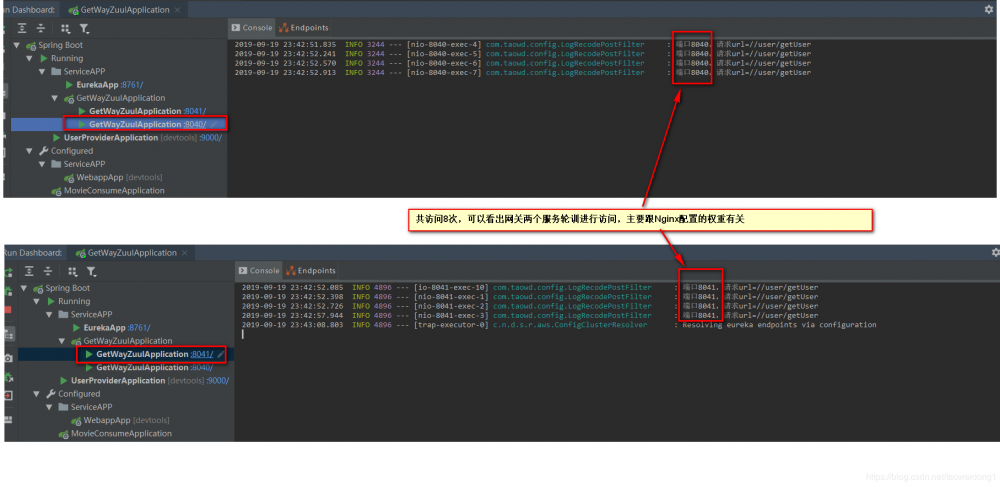
参考
https://blog.csdn.net/kxj19980524/article/details/87868108
欢迎访问个人博客: http://www.taoweidong.com/
正文到此结束
- 本文标签: zip 端口 集群 HTML Service 注册中心 部署 spring windows cat App 下载 zuul linux 源码 域名 博客 springcloud stream 测试 负载均衡 TCP http 高可用 微服务 ssl https GitHub src id Agent 服务器 git SDN Connection IO 反向代理 Nginx ip UI list cache Proxy root remote 配置 key ORM session
- 版权声明: 本文为互联网转载文章,出处已在文章中说明(部分除外)。如果侵权,请联系本站长删除,谢谢。
- 本文海报: 生成海报一 生成海报二
热门推荐
相关文章
Loading...











![[HBLOG]公众号](http://www.liuhaihua.cn/img/qrcode_gzh.jpg)

